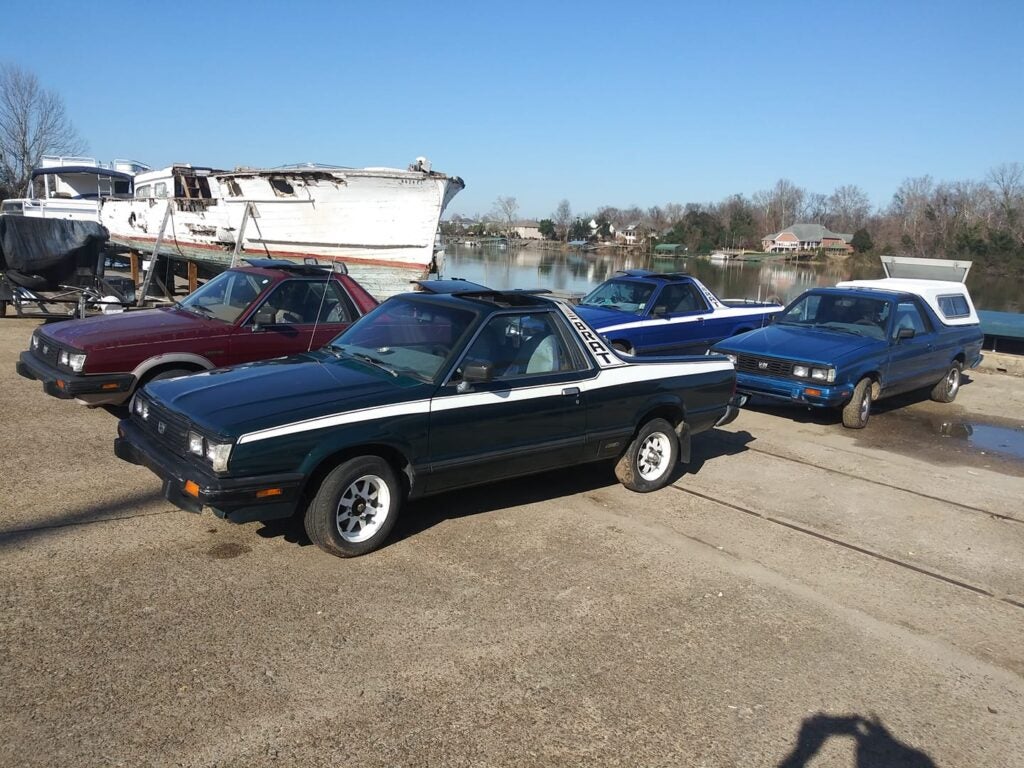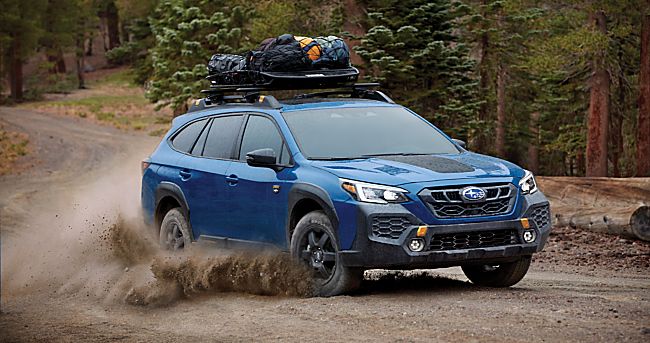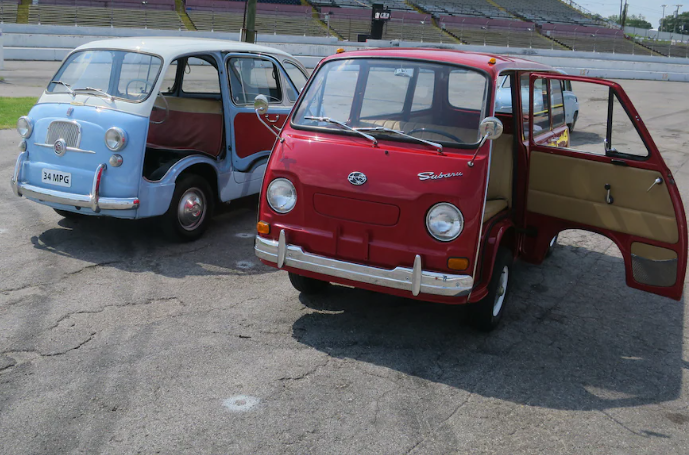Subaru is one of those little car companies that found a niche and a rabid following; despite two world wars and a few marketing hiccups along the way, Subaru has emerged as a global leader in the auto industry.
In the emerging 20th century, bicycle makers and coach developers in North America were busy in their tool sheds refining the automobile. Over in Japan, though, young inventors were looking to the sky.
Everyone knows the names Nissan, Toyota and Mitsubishi as car manufacturers; however, the bulk of Japan’s early manufacturers, companies like Gorham, Yamata, Humbee and Fuji were all into designing and developing airplanes.
In those times, the Japanese were less interested in civilian automobiles for one reason: Imperial Japan was in almost a constant state of warfare. Being a collection of islands, Japan needed ships and airplanes to fight the Russians, Chinese, Koreans and eventually, the Americans.
One of those companies was the Nakajima Aircraft Company founded by Chikuhei Nakajima, a brilliant engineer, inventor and ardent nationalist politician.
Nakajima was controversial long before World War II would spell his doom. According to the U.S. State Department records, Nakajima wrote a paper in 1917 advocating the “terror bombing” of civilians from the skies.
While Nakajima apparently held little in the way of human compassion, he was a brilliant engineer and his company built planes that were almost literally bullet-proof. Prior to America’s involvement in World War II, Japan had the most fearsome air force on the planet.
Japan’s unconditional surrender in 1945 ended up with Nakajima being placed on trial for war crimes; however, he died in 1949 while the case was still pending.
The executives that were left at Nakajima’s company were faced with a terrible dilemma. The company’s factories had been bombed to rubble and the surrender document forbade Japan from building airplanes.
Out of the ashes of the Nakajimi Company came the Fuji Sangyo Heavy Industries Company; however, the cars would have to come later as the new company focused on building Vespa-like scooters called the “Rabbit.”
The Rabbit turned out to be a massive success; they were lightweight, affordable and could easily navigate Japan’s bomb-pocked roadways.
It wasn’t until 1958 that the first cars under the brand name Subaru rolled out of the factory, and while the Subaru 360 might have been the right fit for Japanese drivers at the time, it was the antithesis of what Americans considered a proper automobile.
The car was perfect for riding around Tokyo’s narrow alleys as it was made of light materials such as fiberglass, but the paltry 16 horse 2-cycle engine would not be able to keep up with a Vespa on an American freeway.
Noted automaker and businessman Malcolm Bricklin thought that because the car got around 60 MPG, he could market the 360 as an even cheaper alternative to the Volkswagen Beetle; however, even the Beetle hadn’t really achieved any bragable sales figures yet.
Bricklin even tried to use the vehicle’s shortcomings as strengths with the tagline: “Because it’s cheap and ugly, a little Subaru goes a long way to make you happy!”
The 360 was a total failure in the United States, but sales in Japan and Europe kept the company out of a financial crisis and even infused the company with the needed cash to improve on engineering.
In 1971, Subaru launched the Leone featuring the ahead-of-its-time “Boxer” engine.

Unlike the V-8, which has the pistons pumping almost vertically in a “Vee,” the Boxer places the pistons horizontal, and it looks like two boxers sparring when in operation.
The Boxer engine has fewer moving parts, is far lighter than a standard combustion engine and gets far better gas mileage.
Over time, Subaru became renowned for the build quality of its vehicles with engines that could power a Sherman tank and safety features on-par with Volvo. Subaru also introduced four-wheel drive in some of its passenger cars, making them popular in the Northeast.
The company also combined its engineering prowess with interesting legal loopholes to come out on top of financially.
In 1978, Subaru wanted to enter the U.S. truck market, but U.S. law placed a 25% import tariff on foreign-made trucks with what was known as the “Chicken Law.” In a measure to get around the tariff, Subaru placed seats in the bed of its “Bi-drive Recreational All-Terrain Vehicle (BRAT),” and called its new truck a “car.”
While the Brat was cute, it was also underpinned by a monster drivetrain.
Michael Griffin swears by his Brat, or Brats.
Griffin owns 20 Brats with five being operational and the others either in various restoration stages or used as parts cars and says nothing beats a Subaru.

“I can put the Brat in tractor-gear and it will climb the Augusta Levee without me even having to touch the gas pedal,” Griffin said.
The company did stumble when it released the “Legacy,” in an attempt to reach into the luxury market; customers were simply too used to the rugged reliability image and could not think of Subaru as a luxury marque.
After the failure of the original Legacy, Subaru hired a new marketing firm to produce a study to determine who the company’s core buyers were. The study concluded that Subaru was a best bet for outdoor adventurers, young professionals with active lifestyles, doctors who needed all-terrain capability and, wait for it, lesbians.
While Subaru has not become the behemoth of Toyota, many companies such as Toyota and General Motors have “bought into” the parent company to be able to “badge engineer” and have used re-branded Subaru’s in their own line-ups.
Scott Hudson is the Senior Investigative Reporter and Editorial Page Editor for The Augusta Press. Reach him at scott@theaugustapress.com












